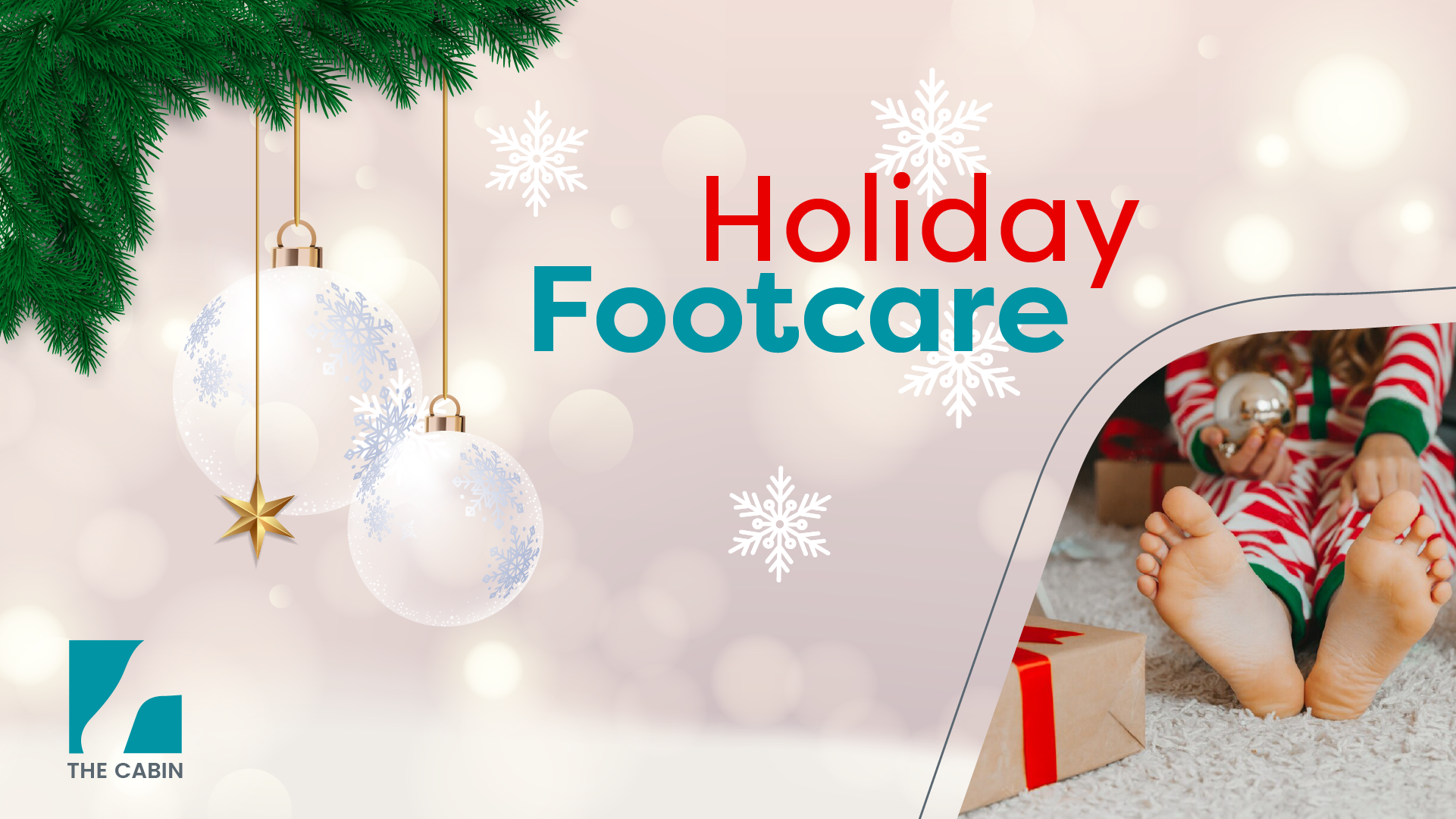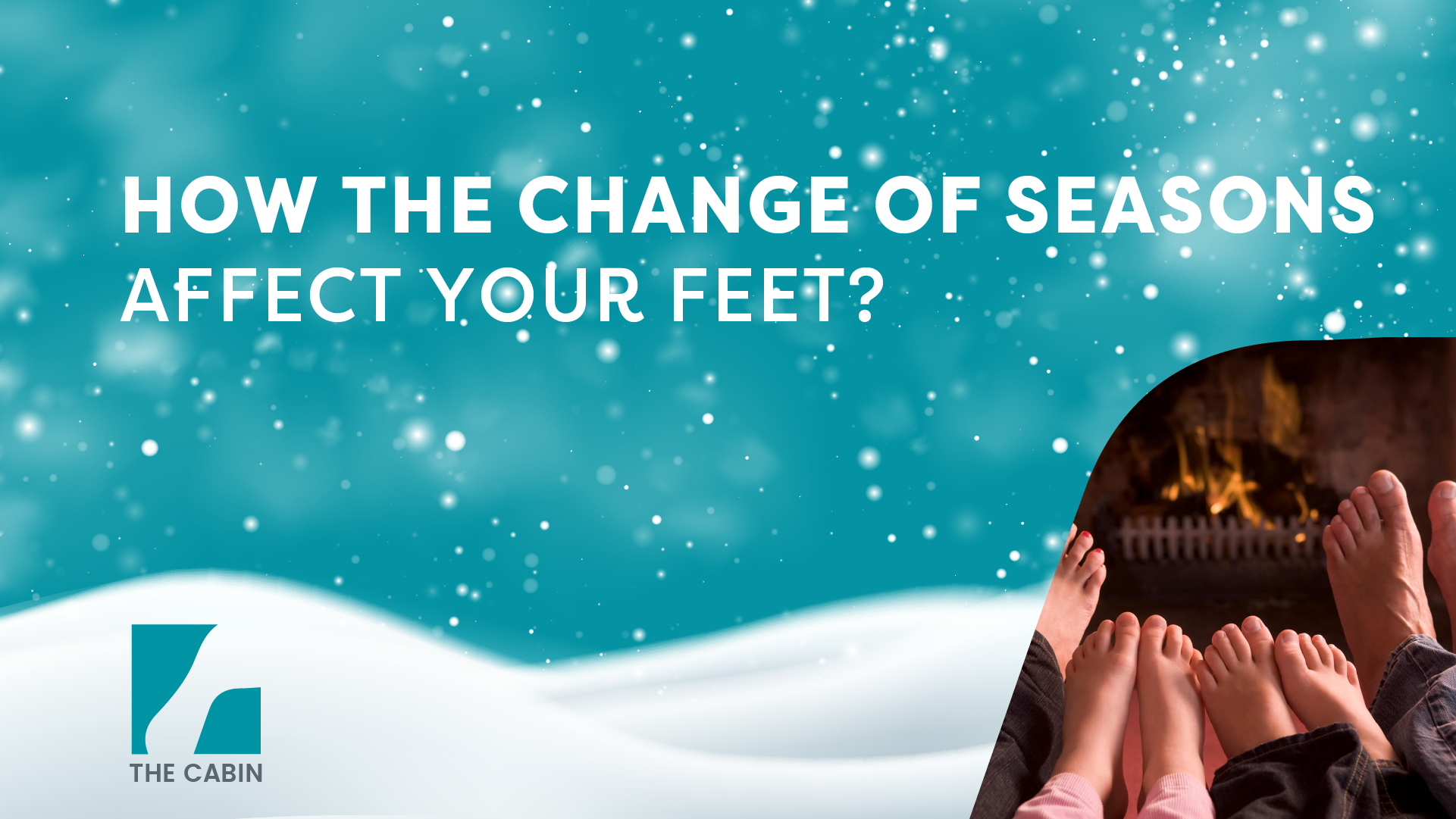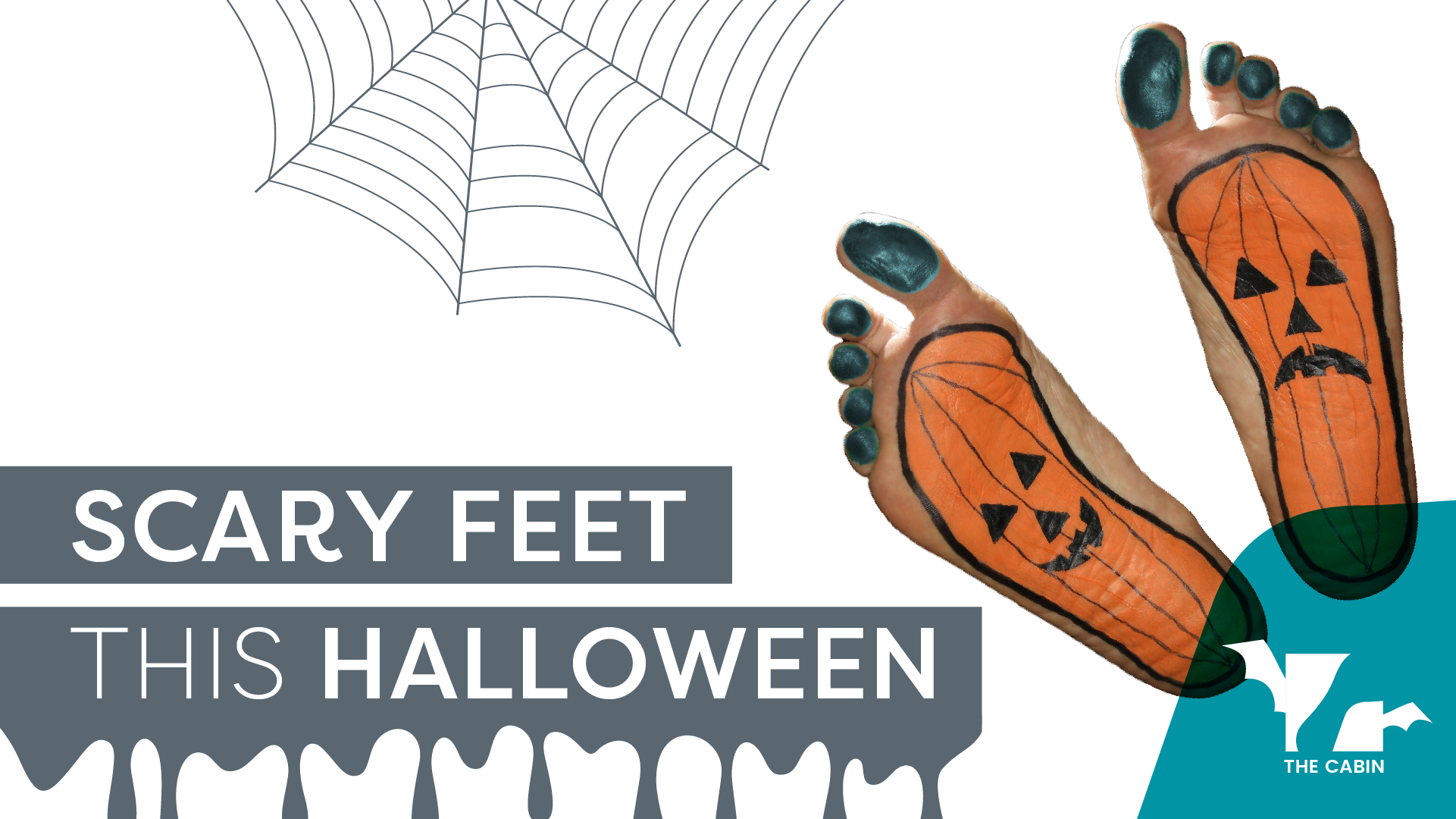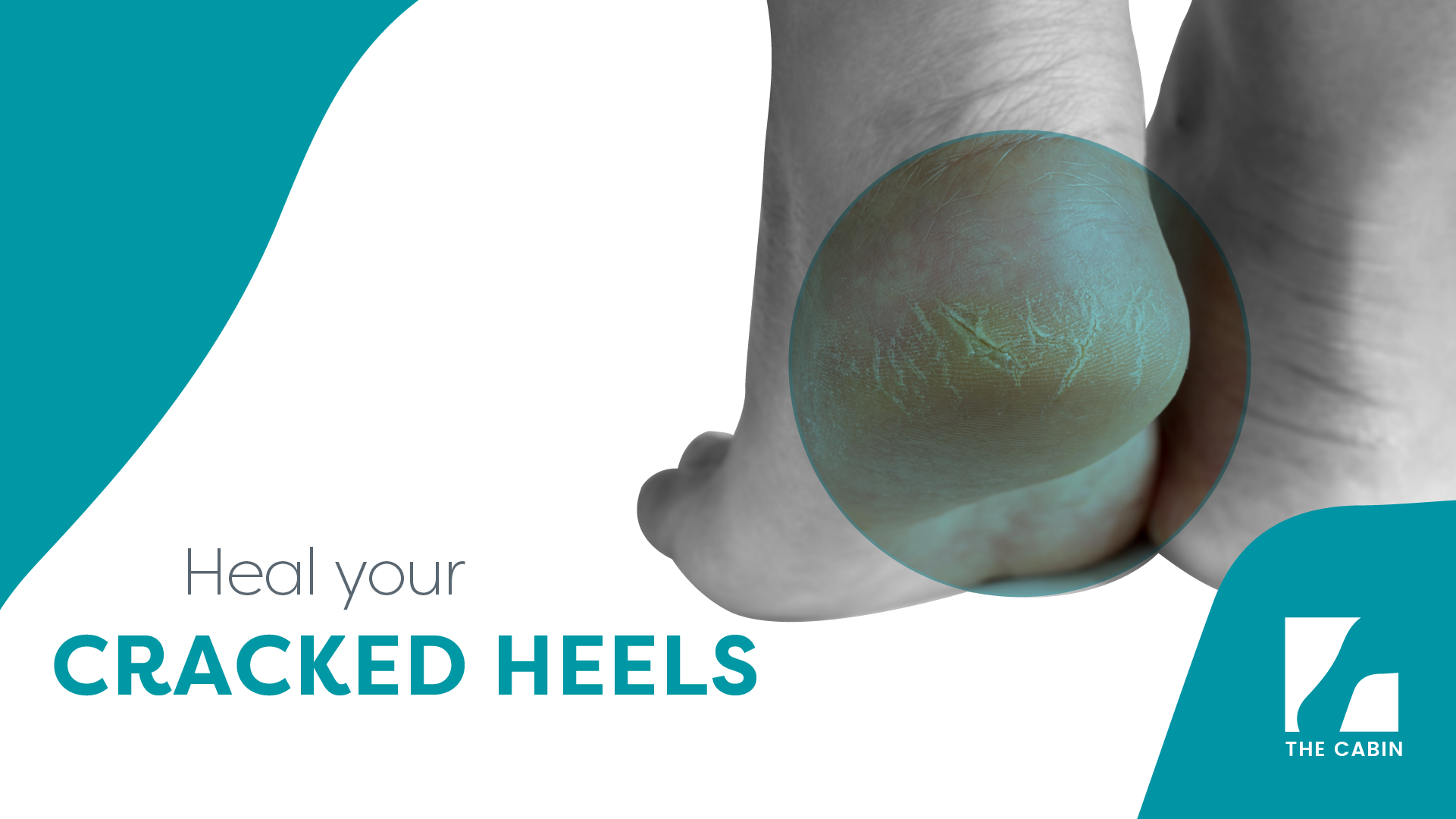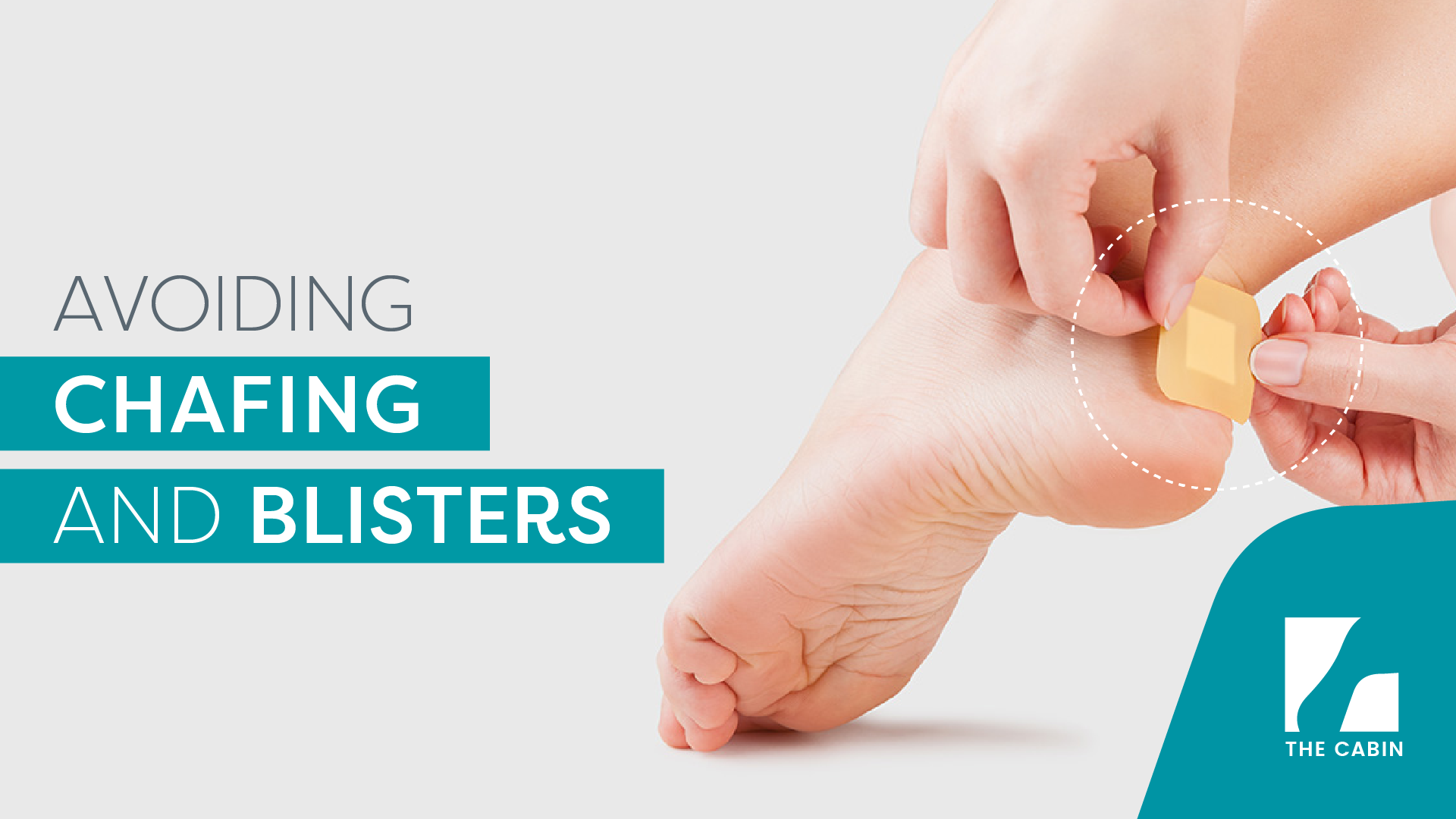
Avoiding Chafing and Blister
- 04 Oct 2022
Avoiding chafing and blisters
Usually, Chafing occurs when a body part is rubbed against clothing, and can potentially lead to blisters. There are a few ways however to protect your feet and help avoid and treat the situation altogether:
1. Nylon or moisture-wicking socks

As they do not absorb moisture, nylon or moisture-wicking socks can help prevent chafing and friction from happening.
2. Soft bandages
If an area becomes problematic, consider using adhesive moleskin or other soft bandages, thus applying a protective layer that prevents your skin from rubbing directly. If covering a blister, however, make sure to keep the middle of the bandage a little raised and loose.
3. Powder or Petroleum jelly
To further help reduce friction, applying powder or petroleum jelly, such as Vaseline, can help alleviate the affected area by decreasing rubbing and irritation.
4. Avoid popping or draining a blister
Avoid popping or draining a blister yourself as it can sometimes lead to infection and worsen the situation. If it becomes too large and painful, it may require draining, in which case seek the help of a licensed professional.
As your blister begins healing, be careful about signs of infection; If you notice any redness, pus, or increased pain or swelling, make sure to get an appointment to see your doctor or a certified dermatologist.
5. Customised insoles
Blisters and chafing can be accrued due to a functional disorder of the foot. For example, bunion is one of the most common problems that is irritated during sports or any other activity. Wearing customised insoles can avoid friction on the bunion and blisters by changing the biomechanics of the foot.


